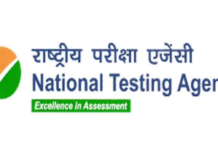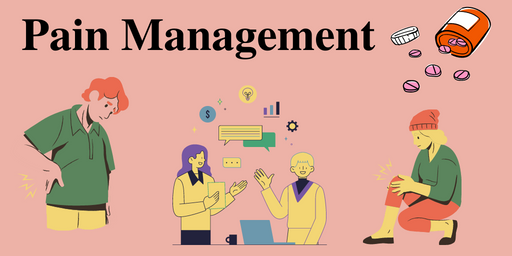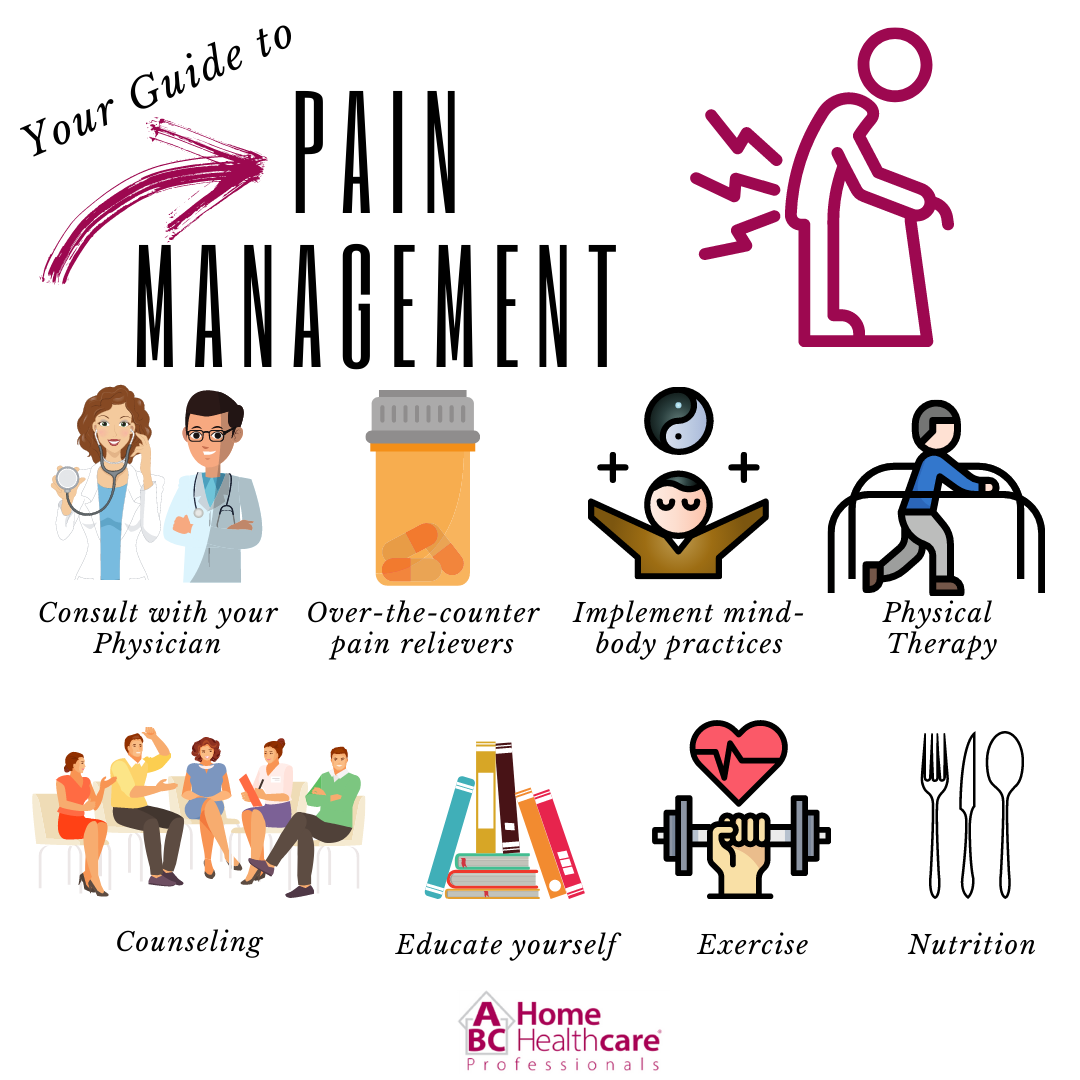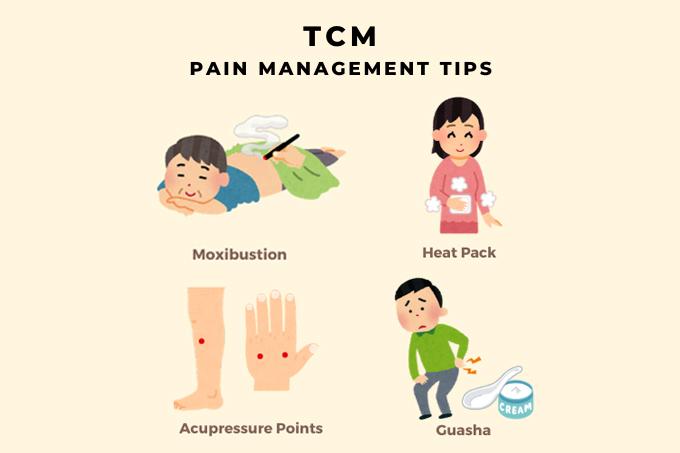Integrative Medicine for Pain Management: Balancing Mind, Body, and Spirit
Introduction
Pain is a universal phenomenon that can affect all aspects of life from physical health to emotional resilience. In contrast to the usual emphasis on relief given through medication or surgery in traditional pain management approaches, holistic treatment considers the interconnectedness of mind, body and spirit thereby offering comprehensive care for pain. This paper looks into the principles behind holistic pain management, the different modalities used in it as well as its benefits.
A Broad-Based Explanation of Pain
A variety of physiological, psychological, social and environmental factors influences the nature of pain. While pain may be considered an indicator for injury or tissue damage, chronic or prolonged pain develops when the nervous system becomes sensitized such that even after recovery there are continuous signals sent by it.
Chronic pain conditions like neuropathy, migraines and fibromyalgia tend manifest with recurrent episodes of pains that may last up to weeks, months or even years causing disability and affecting overall quality of life. These conditions can be difficult to treat with medical treatments alone; It often requires a method to relieve underlying pain and improve overall health.
The Principles of Holistic Pain Management
Holistic pain management believes that true healing involves paying attention to the body and spiritual areas of pain. Instead of merely hiding the symptoms with drugs, holistic approaches will look for causes of pain, restore balance in the body systems and help those who are sick to be actively involved in their own recovery journey.
- Whole-Person Approach: In addition to being physical sensations, pain also entails emotional, mental, and spiritual dimensions. Hence, holistic methods consider the person as a ‘whole’ –body, soul and spirit- aiming at improving well-being generally and giving resilience during stress.
- Individualized Care: The experience of each person’s pain is unique due to diverse factors like lifestyle choices, genetic make-up, cultural beliefs and past experiences. This kind of therapy aims at addressing individual needs based on goals towards recovery made by them.
- Root Cause Analysis: Unlike symptom-only treatments; holistic methods help identify cause(s) of pain. Some elements could be; musculoskeletal imbalances, nutritional gaps, emotional trauma or unresolved stressors that lead to pain.
- Multimodal Therapies: Pain management that is holistic combines various treatment approaches and techniques for an approach to dealing with pain from different perspectives, which may include conventional medical treatments, complementary therapies, mind-body practices, lifestyle modifications and self-care strategies.
- Empowerment and Self-Management: A holistic approach allows individuals to be active participants in their healing process as it empowers them. By giving them information, support and personal tools for self-care, holistic pain management increases self-awareness, resilience and self-efficacy to manage pain.
Modalities and Techniques in Holistic Pain Management
There are many different types of modalities and techniques involved in the realm of holistic pain management each with its own unique advantages in addressing pain as well as enhancing general well-being. Some common modalities include:
- Acupuncture/Traditional Chinese Medicine (TCM): Acupuncture is a major component of TCM where thin needles are inserted into certain parts of the body so as to enhance energy flow thereby bringing about healing in affected parts of the body. This treatment method has been shown to relieve pain effectively as well as reduce inflammation while restoring balance within the body.
- Massage Therapy: It is manipulation of the soft tissues for relaxation, relieve stress and decrease pain. Several techniques including Swedish massage, deep tissue massage and trigger point therapy can help muscle pain, improve blood flow and release endorphins which are the body’s natural painkillers.
- Chiropractic Care: The idea behind chiropractic treatment is the diagnosis and management of musculoskeletal disorders mainly affecting the back. Chiropractors perform spinal adjustments, manipulations as well as other manual therapies to ease pain, improve joint mobility and restore proper alignment of the spine and nervous system.
- Mind-Body Practices: Physical movement coupled with breath awareness and mindfulness are characteristic features of mind-body practices such as yoga, meditation, tai chi, qigong among others which promote relaxation, reduce stress and relieve pain. They enable people to accept sensations experienced in their bodies that help them build up a stronger sense of self amid pain.
- Nutritional Therapy: To manage pain effectively through food intake it is important to note that certain foods or dietary patterns can either increase or decrease inflammation or pain levels in our bodies. The focus under nutritional therapy is to optimize diet and lifestyle factors supporting general health while reducing pain experience again. When one is seeking to relieve themselves from chronic pain and at the same time promote general wellbeing, they may consider taking a holistic approach which has several advantages; this will involve finding and avoiding food sensitivities, eating anti-inflammatory foods and supplements, as well as maintaining a balanced diet low in nutrients.
- Herbal Medicine and Supplements: Herbal medicine combined with dietary supplements can enhance conventional therapies by offering natural alternatives for relief from pain and management of inflammation. These herbs include turmeric, ginger, boswellia, devil’s claw used for centuries due to their analgesic effects and properties that limits inflammation while omega-3 fatty acids, magnesium and vitamin D are some of the supplements that prevent musculoskeletal health conditions thereby relieving pain.
- Psychological Therapies: Pain may be managed through psychological therapies like Cognitive Behavioral Therapy (CBT), Mindfulness based Stress Reduction (MBSR) or Acceptance Commitment Therapy (ACT) which aims at addressing negative thought patterns, emotions and behaviors that perpetuate pain perception & distress among other things. They also teach coping mechanisms as well as relaxation techniques like stress management which promotes resilience as well as self-well-being.
The Benefits of Holistic Pain Management
Holistic Pain Management approach has many advantages for persons suffering from chronic pains who want to live a healthy life:
- Comprehensive Care: Holistic pain control incorporates the holistic approach in treating pain and considers a patient as a whole person.
- Personalized Treatment: Greater commitment to holistic approaches can be achieved by taking into account the unique needs, preferences and goals of individuals, thus increasing their involvement in treatment.
- Reduced Reliance on Medication: The underlying cause of pain is often treated and left to heal naturally using other Holistic pain management techniques hence there is little or no use of drugs or surgical procedures.
- Empowerment and Self-Management: It is by this way that individuals are empowered so as they can actively participate in their healing process; moreover, they are provided with tools and resources helpful for self-management of their pain.
- Improved Quality of Life: In addition to promoting relaxation overall well-being through stress reduction holistic pain management promotes resilience towards pain and adversity thereby enhancing quality of life.
- Long-Term Sustainability: The recurrence risk is reduced while sustainable healing is promoted if lifestyle changes are made that support long-term health and wellbeing besides addressing root causes of pain through holistic approaches
Conclusion: Embracing a Holistic Approach to Pain Management
To sum up this, it may be concluded that holistic pain management is more comprehensive in relation to dealing with pain by considering the relationship between mind, body and spirit. In this regard, they can also enhance overall wellness and resistance while at the same time being able to give durability by integrating several methodologies and approaches.
Holistic treatment of pain acknowledges that actually healing involves finding out what causes the ache in order to enable people address it themselves. Hence, hpm may include acupuncture, massage therapy or even psychological interventions among others. Therefore, embracing a holistic approach in managing pain will help facilitate better comprehension of suffering and generate greater compassion for human beings who are vulnerable towards pains thus enhancing deeper sense of satisfaction with life by making them feel as though their lives have found meanings even amidst all negative feelings.


























